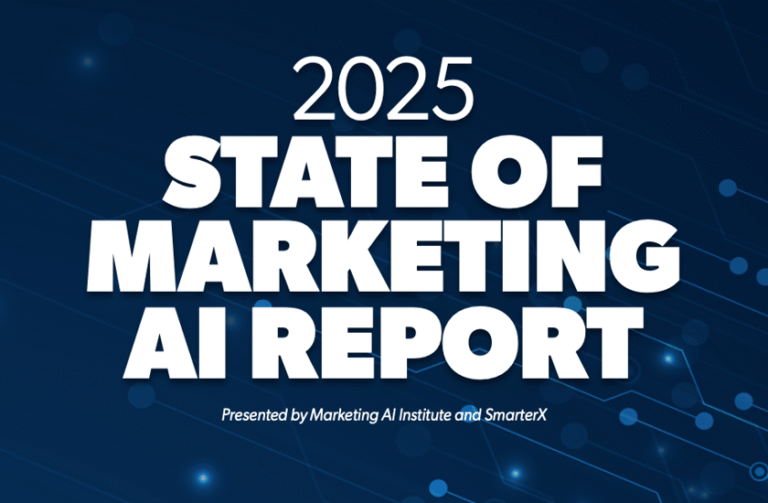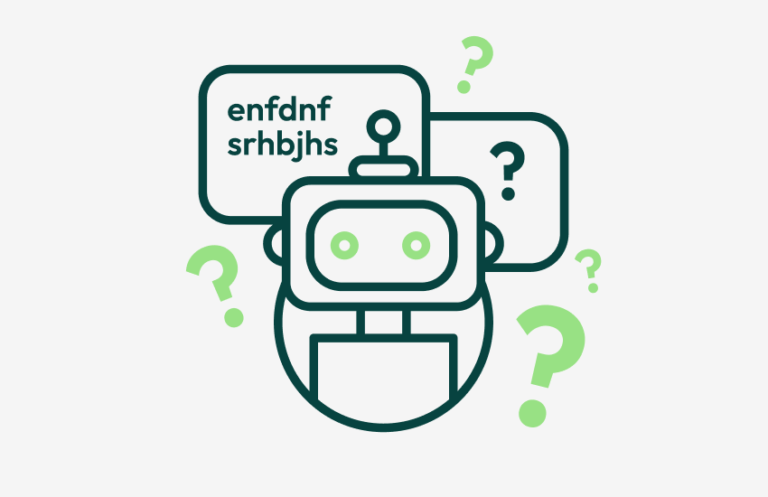
Learn about Brandly:
News, views and FAQs
News and views
Stay informed with the latest AI trends and Brandly updates.
FAQs
Contact us via our website for a consultation.
Yes, we provide an initial assessment to identify AI opportunities.
Click on this link to book a 45-minute demo.
Pricing varies based on services and customisation; contact us for a quote.
Follow us on social media and subscribe to our newsletter for updates.
Yes, we partner with businesses including providing white label versions of our AI assistants and we also have a very attractive introducer programme. Contact us to find out more.
Brandly offers 7 AI assistants designed to optimise business operations in various fields, including customer service, marketing, HR, compliance, corporate governance, trust and fund administration.
Unlike generic AI agents, our AI assistants are tailored to industry-specific needs and provide expert-level support with compliance, automation, and decision-making.
Yes, each assistant can be tailored to your industry, processes, and business goals.
Yes, they adhere to the highest EU GDPR data and cyber security standards including Soc 2 encryption with ‘walled-gardens’ - never sharing data to train other AI models.
Our training is industry-specific, practical, and led by real AI experts. We provide foundational to advanced AI training tailored to businesses.
We automate repetitive tasks, workflows, and business processes to increase efficiency, reduce errors, and free up human resources.
FAQs
Contact us via our website for a consultation.
Yes, we provide an initial assessment to identify AI opportunities.
Click on this link to book a 45-minute demo.
Pricing varies based on services and customisation; contact us for a quote.
Follow us on social media and subscribe to our newsletter for updates.
Yes, we partner with businesses including providing white label versions of our AI assistants and we also have a very attractive introducer programme. Contact us to find out more.
Brandly offers 7 AI assistants designed to optimise business operations in various fields, including customer service, marketing, HR, compliance, corporate governance, trust and fund administration.
Unlike generic AI agents, our AI assistants are tailored to industry-specific needs and provide expert-level support with compliance, automation, and decision-making.
Yes, each assistant can be tailored to your industry, processes, and business goals.
Yes, they adhere to the highest EU GDPR data and cyber security standards including Soc 2 encryption with ‘walled-gardens’ - never sharing data to train other AI models.
Our training is industry-specific, practical, and led by real AI experts. We provide foundational to advanced AI training tailored to businesses.
We automate repetitive tasks, workflows, and business processes to increase efficiency, reduce errors, and free up human resources.
A-Z
Glossary of AI terminology
Algorithm: A set of rules or instructions given to an AI, enabling it to learn from data.
Artificial General Intelligence (AGI): AI with human-like cognitive abilities to perform various tasks.
Artificial Intelligence (AI): The field of computer science focused on creating intelligent machines.
Artificial Neural Network (ANN): A model inspired by the human brain, used for AI applications like image recognition.
Artificial Superintelligence (ASI): A theoretical form of AI that surpasses human intelligence in all aspects, including problem-solving, creativity, and social intelligence.
Back propagation: A training algorithm for neural networks that fine-tunes weights using error propagation.
Bayesian Network: A probabilistic model representing dependencies among variables for decision-making.
Bias: Systematic errors or unfair preferences in AI models, often caused by imbalanced training data, human prejudices, or algorithmic limitations, leading to skewed or discriminatory outcomes.
Chatbot: AI software that engages in human-like conversations via text or speech.
Computer Vision: AI’s ability to interpret and process visual data from images or videos.
Convolutional Neural Network (CNN): A deep learning model effective in image and video recognition.
Deep Learning: A subset of machine learning using multi-layered neural networks.
Decision Tree: A model that uses a branching method to display decision paths.
Delimiters: Characters or sequences used to separate data elements in AI processing,
aiding in parsing and analysis.
Expert System: AI that mimics human decision-making using a structured knowledge base.
Evolutionary Algorithm: A learning technique inspired by natural selection.
Feature Extraction: The process of transforming raw data into structured features for AI models.
Fuzzy Logic: A reasoning approach allowing partial truth values.
Generative Adversarial Network (GAN): A model where two neural networks contest to
generate realistic data.
Gradient Descent: An optimisation algorithm used to minimise AI model errors.
GPU (Graphics Processing Unit): A specialised processor designed to handle parallel computations in AI tasks, accelerating deep learning and data processing.
Hallucinations – Instances where AI models generate false, misleading, or nonsensical
information that appears plausible but lacks factual accuracy.
Heuristic: A technique used for problem-solving by approximating optimal solutions.
Human-in-the-loop (HITL): A system where human oversight and intervention are
integrated into AI processes to enhance accuracy, ensure ethical decision-making, and
correct errors.
Hyper parameter: A pre-set parameter governing an AI model’s learning process.
Image Recognition: AI’s capability to identify objects and patterns in images.
Inference: The process of making predictions using a trained AI model.
Joint Probability Distribution: A statistical method measuring the likelihood of multiple
events occurring together.
Jupyter Notebook: An open-source web application for interactive AI coding and data
visualisation.
K-Means Clustering: An unsupervised learning algorithm that groups data into clusters.
Knowledge Representation: Methods for structuring information for AI systems to
process efficiently.
Large Language Model (LLM): AI trained on vast text data to understand and generate
human-like language.
Logistic Regression: A statistical model used in machine learning classification tasks.
Machine-in-the-loop (MITL): A system where AI assists humans in decision-making by providing data-driven recommendations, insights, or automation while humans retain control.
Machine Learning (ML): AI systems that learn from data to improve performance over time.
Markov Decision Process (MDP): A mathematical framework for decision-making in AI models.
Natural Language Processing (NLP): AI’s ability to understand and process human
language.
Neural Network: An interconnected set of algorithms modeled after the human brain.
Overfitting: A machine learning problem where a model performs well on training data
but poorly on new data.
Optimisation Algorithm: A technique used to enhance AI model performance by
adjusting its parameters.
Predictive Analytics: AI techniques for forecasting future trends based on historical data.
Perceptron: A fundamental neural network used for binary classification.
Persona: A set of characteristics, traits, and a defined communication style assigned to an AI or digital entity to ensure consistency in interactions and engagement.
Quantum Computing: Computing based on quantum-mechanical phenomena, used for
complex AI calculations.
Retrieval-Augmented Generation (RAG): A technique in AI that enhances text generation by retrieving relevant documents or data before generating responses,
improving accuracy and contextual relevance.
Reinforcement Learning (RL): AI learning through trial and error, receiving rewards for
good decisions.
Robotics: AI-driven automation of mechanical tasks using smart machines.
Supervised Learning: A machine learning method trained using labeled data.
Swarm Intelligence: AI mimicking collective behaviour in nature for optimisation tasks.
Turing Test: A test assessing a machine’s ability to exhibit human-like intelligence.
Transfer Learning: Applying pre-trained AI models to new but related tasks.
Unsupervised Learning: AI learning patterns in data without labeled training examples.
Underfitting: A model’s failure to capture the data’s underlying patterns.
Vector Machine: Algorithms like Support Vector Machines (SVM) for classification and
regression.
Virtual Assistant: AI-powered assistants performing user tasks.
Weak AI: AI designed for specific tasks rather than general intelligence.
Word Embeddings: A technique for representing words numerically for AI language models.
XGBoost: A machine learning algorithm known for accuracy in predictive modelling.
YOLO (You Only Look Once): A deep learning object detection model for real-time
image processing.
Zero-Shot Learning (ZSL): AI’s ability to recognise unseen data by transferring
knowledge from related concepts.
Testimonials
How Brandly helps
Businesses being boosted by Brandly.
"Brandly's marketing assistant gives us a smart, efficient edge in handling everything from content generation to insight gathering."
Alex Strachan
Managing Director, iMag Displays
"Brandly has streamlined our processes, boosting efficiency while keeping our messaging consistent and on-brand. A valuable agency for any business looking to scale smarter."
Chris Gnapp
Managing Director, Leapfrog Recruitment
"Brandly has elevated our marketing performance, delivering insights and consistency that drive real results. A game-changer for effective, scalable growth."
Tanzy Cherry
Chief Operating Officer, Cherry Godfrey
"Using Brandly’s marketing assistant delivers tailored content and insights with ease, giving us a scalable solution to grow our marketing efforts."
Luke Wheadon
Managing Director, Channel Islands Liquor Co
Get in contact
Discover how Brandly can supercharge your business.












